This Fife family make cheese with milk from their own dairy cows, all thanks to one “mad family member”.
The Stewart family have been farming at Falside Farm for generations.
But in 2008, they decided to give cheesemaking a try.
“We used to wonder why there weren’t more farmers diversifying into cheesemaking,” says Jane Stewart.
“But your basic farming job is a very labour intensive job. It takes up the farmer’s full time, all his energy, all his money, everything.
“And if you’re going to diversify, you need a mad family member with enough time and enthusiasm to commit to actually going down that route.
“And I am that mad family member!”
Now, Jane and her family are focusing on cheesemaking, with a production facility on the farm, cheese stores where the cheese matures, and, of course, plenty of space for cows.
Anstruther to Australia, this Fife cheese is well-loved
“We do the whole thing,” explains Jane proudly.
“From calf born on the farm, raised as a baby, joins the milking herd, is milked, produces the milk and that raw milk (not pasteurised) goes into the cheese.
“And all that happens within a few hundred yards.
“There’s zero food miles and it is all very traditional.”
The Stewarts’ cheeses are enjoyed well beyond the Kingdom of Fife.
Customers around the UK and further afield are keen to get their hands on St Andrews Farmhouse Cheese.
“We sell our cheese all over the UK,” says Jane.
“A little at farmers markets, at two independent shops, and most of it goes wholesale.
“The cheese wholesalers put it all over the UK to specialist outlets.
“We also do a little bit of export to America and Australia.
“We now have a customer in Australia who buys from us regularly. It’s fantastic!”
How do the Stewart family make their cheese?
There are five different cheeses made at the Fife farm. This includes Anster, smoked Anster and their St Andrews Farmhouse cheddar.
With a smokehouse on the farm, they offer oak-smoked Anster and whisky barrel-smoked cheddar.
Anster is a Cheshire-style, crumbly, creamy cheese with a lemony tang on the finish, whereas the cheddar is a mature, more full-flavoured cheese that is aged for a minimum of nine months.
“We’ve developed five varieties of cheese around these elements,” explains Jane.
“We have always taken the view that we want to make fewer cheeses and make them well, rather than having ten cheeses and one or two of them are okay.”
So how is their Fife cheese made?
“The raw milk comes round in the morning,” says Jane, “and we put it in our cheese vat to start the process.
“We warm it up and we add culture.
“We are the only Scottish cheese makers who use heritage cultures.
“Culture is a friendly bacteria that you add to the cheese that gives you the complexity of flavour and aroma in the final product.”
In days gone by, this would simply have been done by souring milk.
‘The Little Miss Muffet stage’
“Then,” continues Jane, “you add rennet which is an enzyme that clots the milk. That sets your curd.
“Then you get to what I call ‘the Little Miss Muffet stage’, where you cut the curd, release the whey, and you stir the curds and whey, and warm them up.
“It’s down to recipe then what size you want the curd, how high you take the temperature.
“When these are right, you drain off the whey and you’re left with the curd.
“That is blocked, drained, and piled and torn, and taken to milling stage.
“Then you mill it and salt it and put it into moulds.”
Their cheeses are aged for at least nine months, though most of them are aged for 12 months.
As the cheeses mature, the cheesemakers will test them using a cheese iron.
This is a small device which allows for a segment of the cheese to be removed and tested, both visually and by smell.
Farming and cheesemaking goes beyond a nine to five
Although Jane loves the process of making the cheese, it isn’t without hard work and long hours.
“Farming is not a nine to five job,” she adds.
“It’s fairly all-consuming and it is a way of life to an extent.
“But the challenges are exciting.
“It’s like the old adage if you enjoy your job, you’ll never work a day in your life.
“It’s true, because I don’t think of this job as a job.
“Living here is a way of life.”
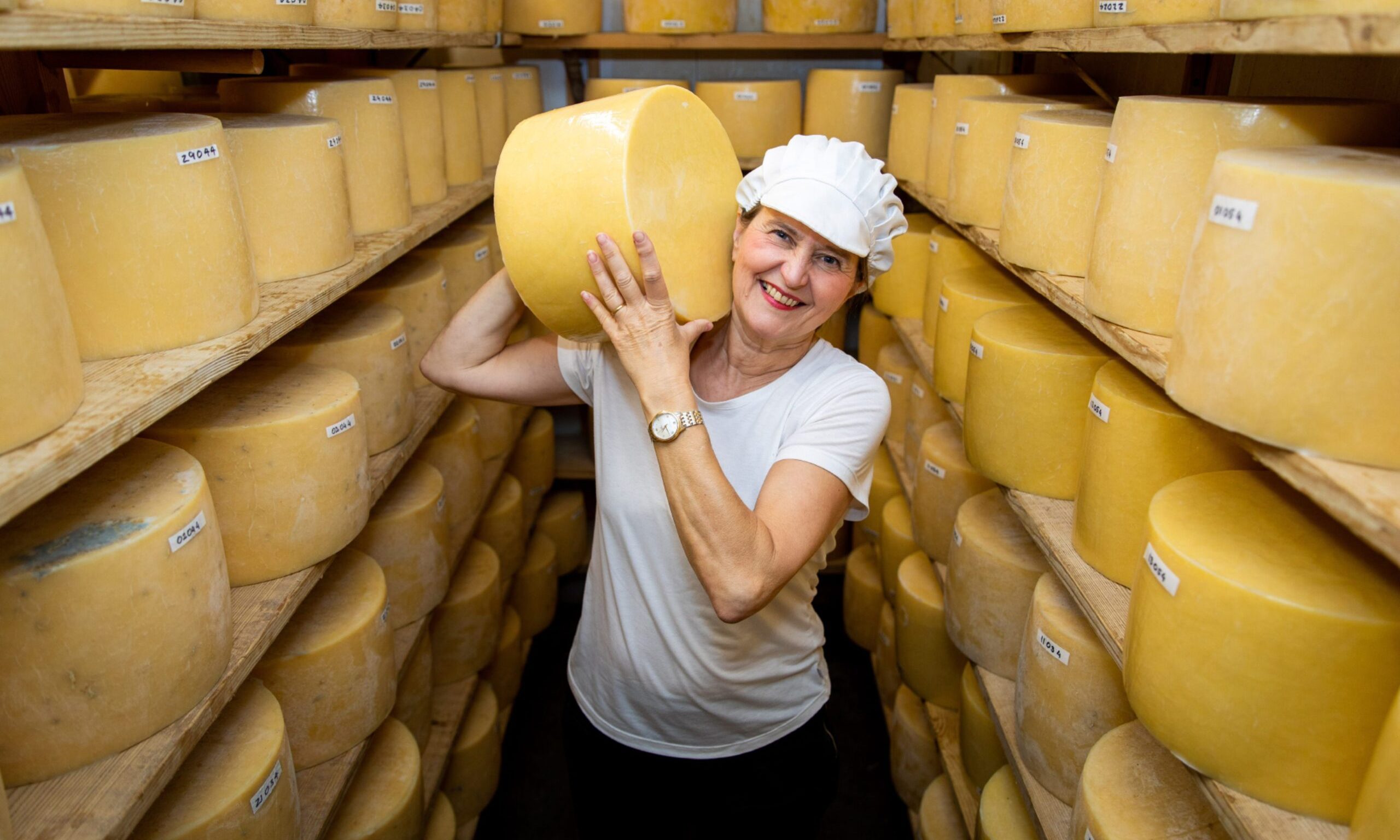
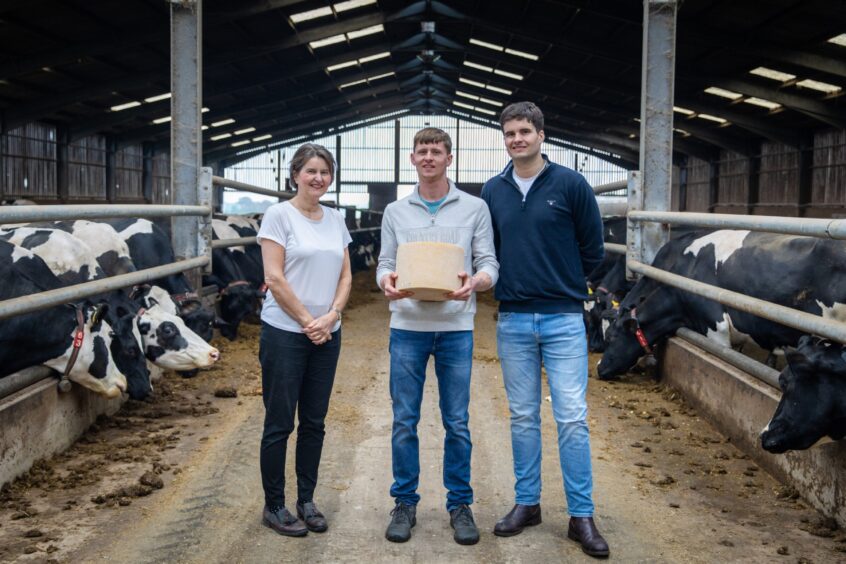
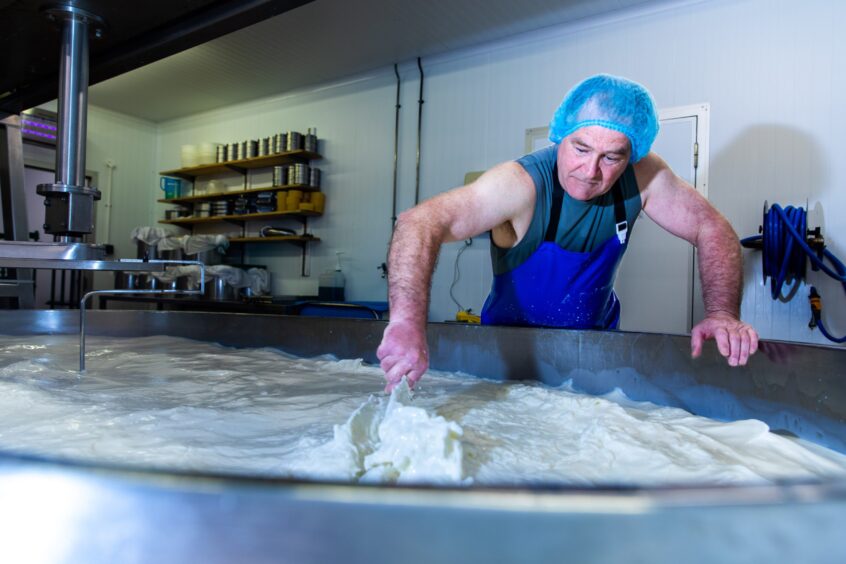
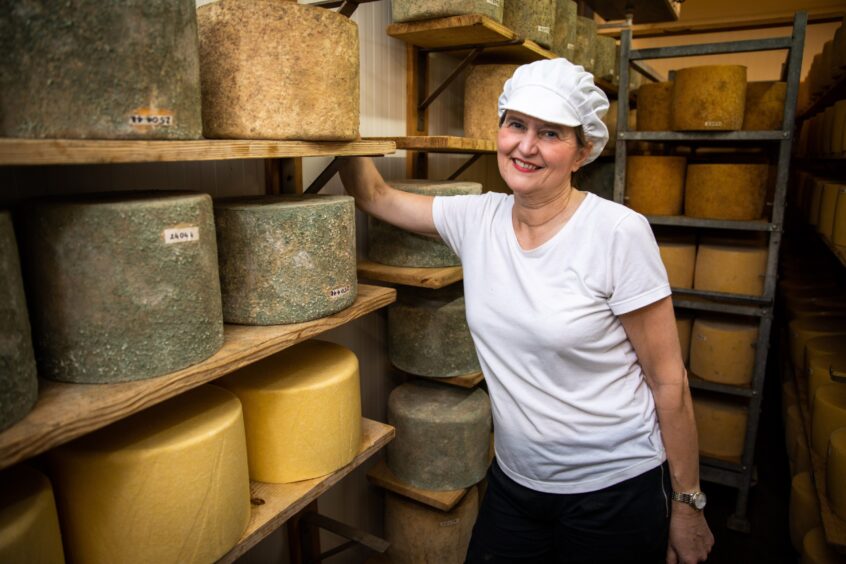
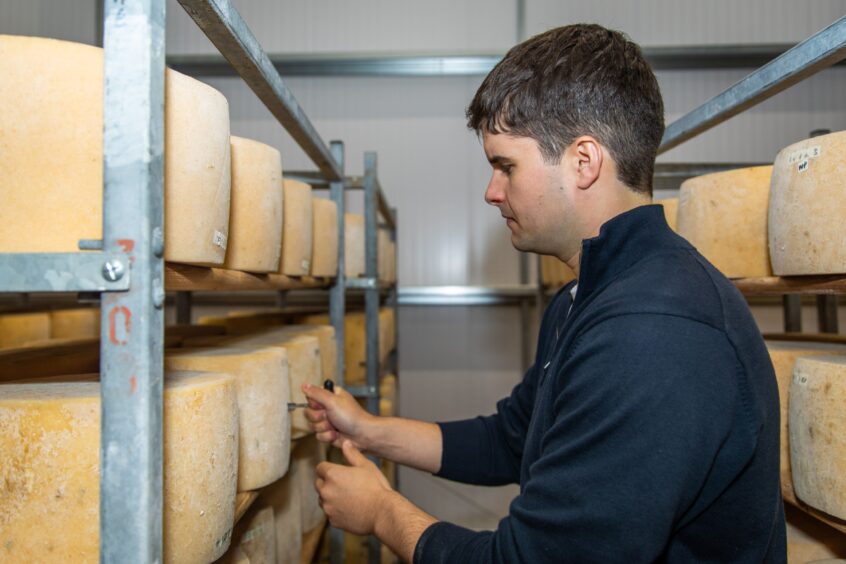
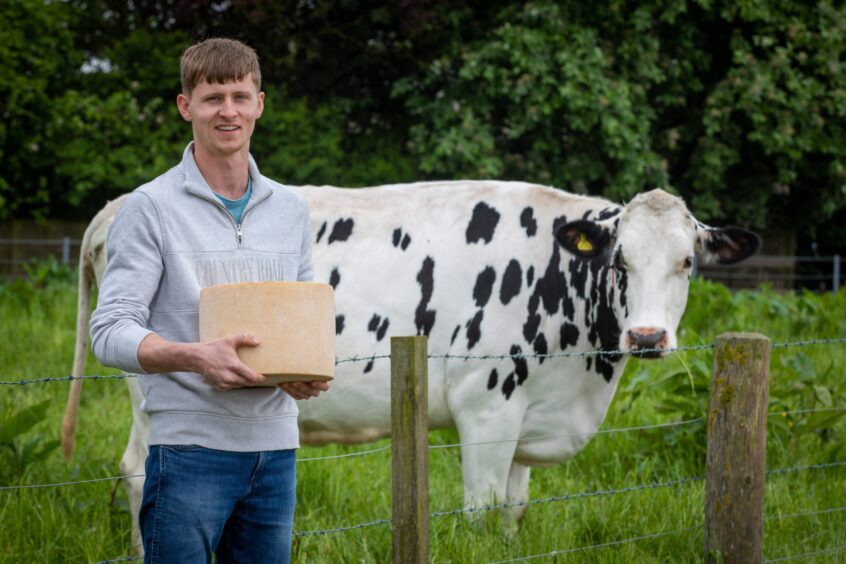



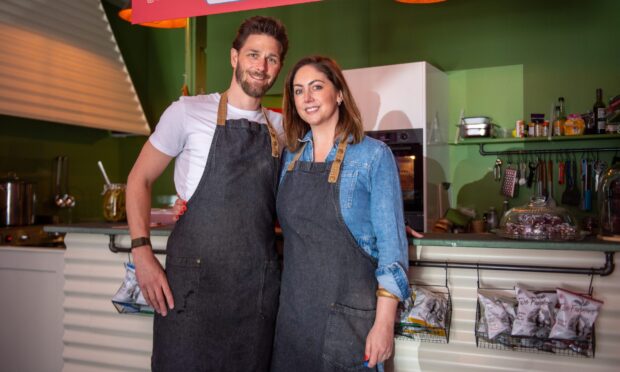






Conversation